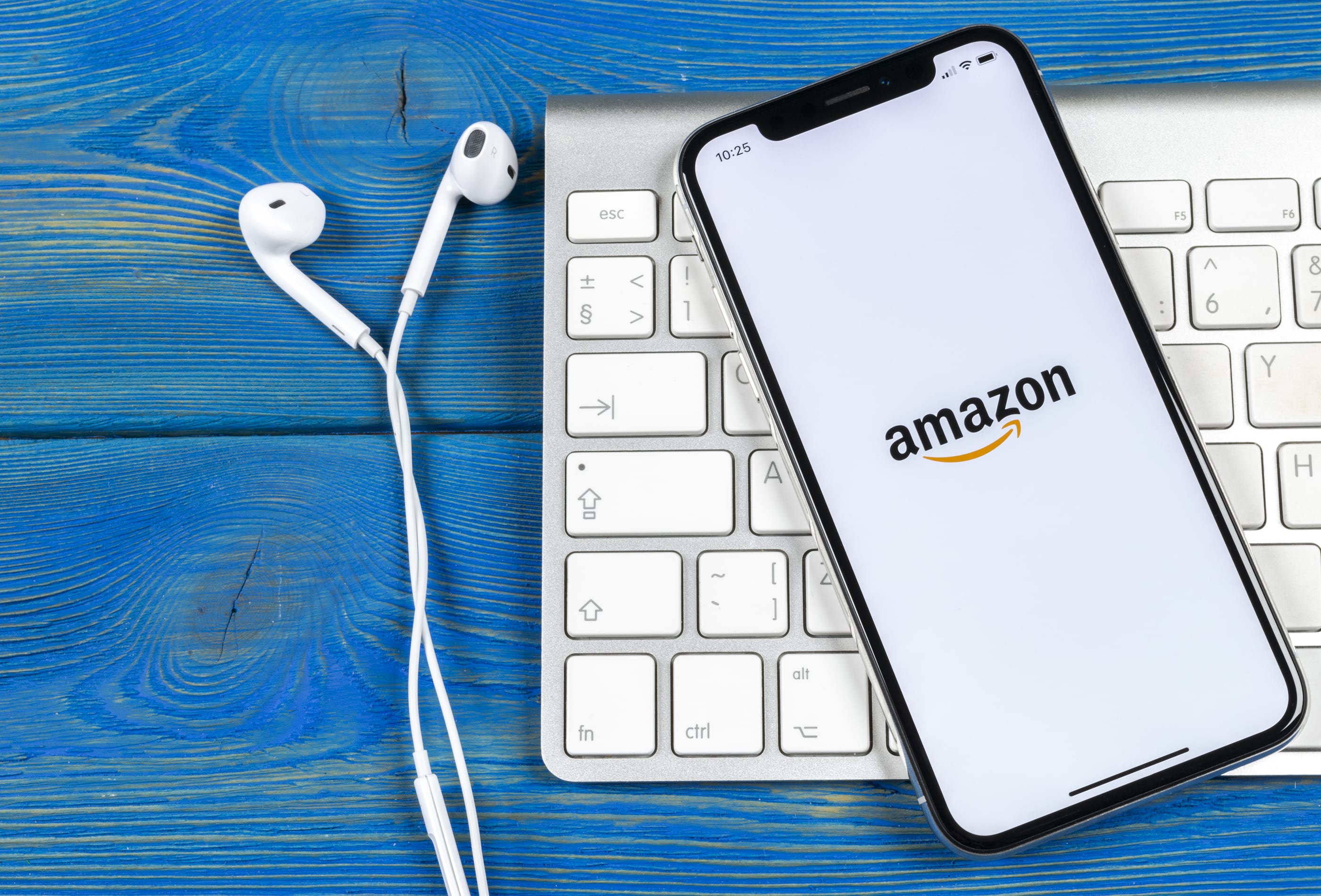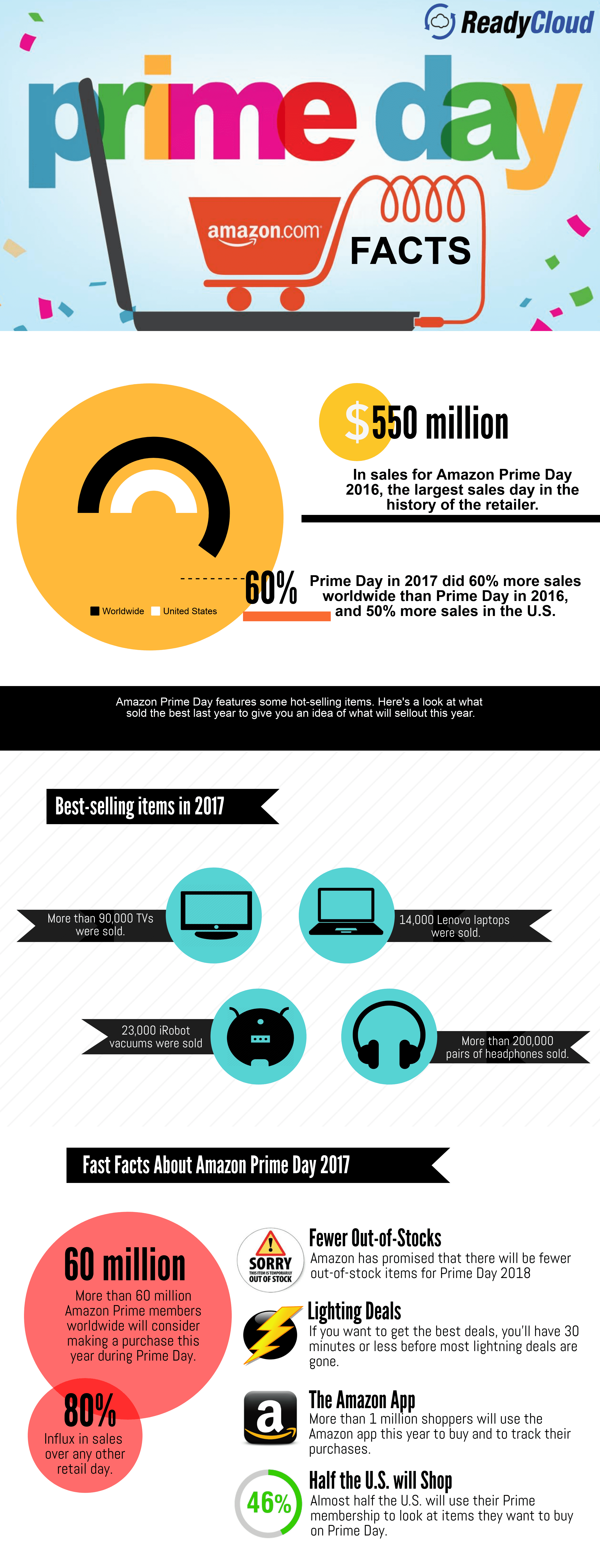Amazon’s Lion’s Share of Ecommerce Proves it’s the Undisputed King of the Jungle

And, rightfully so.
In recent years, the “Everything Store” has exploded into an ecommerce juggernaut. Boasting more than 100 million users, 5 billion sales in 2017 alone, and a saturation rate of about 64% of U.S. households, it’s clear that Amazon is doing something right in the world of digital sales.
But what are those things, and what can you learn from the so-called “king of the ecommerce jungle?”
Read on.
Amazon’s Humble Roots
Amazon launched in 1995. At that time, it was a store that only sold books, but founder Jeff Bezos had bigger ideas. He knew he wanted the platform to be an “Everything Store,” he just didn’t know quite how they’d get there yet.
Like so many other outstanding companies of our day, Amazon got its start in a garage. During those early months, the Amazon operation took up so much power that Bezos’s family couldn’t vacuum or run a hair dryer in the house without blowing a fuse and sending the home into a blackout.
Nevertheless, though, Amazon persisted.
Within 30 days of its launch, Amazon made sales to people in 50 states and 45 countries. The company saw its first major Christmas rush in 1998 but was on its way to harder times. By the late 90s and early 2000s, Amazon was experiencing extensive system outages at its facilities, and piles of products that were without category or organization. While part of Amazon’s success has been its “move fast and break things” mentality, this has also been a significant source of its difficulties.
Not to worry, though: Amazon has come through its rough spot just fine. Today, Amazon is worth more than twice as much as Walmart (about $464 billion), and Jeff Bezos is the wealthiest man in the world. The company offers more than 2 billion products that are sold by more than 2 million merchants at any given time, with sales topping $1 million per minute during rushes. Currently, over 45% of all online sales go to Amazon.
Wondering how the company got there? Let’s dive in.
Amazon Statistics Everyone Should Know
If you want to understand Amazon’s prowess in the ecommerce industry fully, you must first understand these statistics about Amazon:
- Amazon has more than 310 million active users
- There are more than 90 million US-based Prime users
- Amazon sells more than 12 million products on its platform (if you factor in Marketplace sellers, that number rises to 353 million)
- Prime subscribers spend an average of $1,300 annually on the platform – this is compared to the $700 spent by non-members
- 25% of consumers say Amazon Prime is their favorite loyalty program
- 79% of Millennials have purchased something on Amazon in the last month
- Amazon Prime international customers will grow at a 56% compound annual growth rate in the years between 2016 and 2018
- Experts are predicting that, by 2022, there will be 56 million Amazon Prime Video subscribers in the United States, and more than 122 million around the globe
- Amazon grew its net income from $2.4 billion in 2016 to $3 billion in 2017
Amazon’s Ecommerce Lesson
With a resume like this one, it’s evident that Amazon knows a thing or two about ecommerce and can teach you everything it has to know. Here are a few things to take from the online giant:
1. Customers Always Come First
If there’s one thing shoppers love about Amazon, it’s the platform’s customer service. Prime offers free shipping and free returns, the company provides a 24-hour phone number and easily accessible help links, and Amazon is always willing to help sort out issues with packages.
Take this philosophy and apply it to your ecommerce efforts for better online sales. When your customers come first, they’re more willing to come back. What are some key points to focus on? Excellent customer service, a user-centric CRM, and simplified shopping, shipping, and payment interfaces are all primary.
2. Offer Incentives
Think the $119 annual price of an Amazon Prime membership sounds steep? When you consider the fact that it offers free two-day shipping on eligible items, music and video streaming services, exclusive access to sales, photo storage, and more, it doesn’t seem so pricey after all. And because the vast majority of Amazon’s customers are members of the service, it’s obvious that everyone else agrees.
If you want to encourage loyalty and keep customers coming back for more, one of the best things you can do is offer incentives designed to speak directly to your customer base.
3. Shape Price Perception
Ask any avid Amazon user, and they’ll tell you they’ve had the experience of finding something they like in-store, then purchasing it at a discount
on Amazon.
This practice of showrooming is due to one big thing: Amazon has made a name for itself as the low price leader. Because of this, people know they can come to the platform for reliably low prices and good selection.
Even though Amazon lowers the price on big-tag items while raising the price on some of its low-price items, it’s still gained a reputation for low prices. Take a page out of its book to ensure your brand follows suit.
Going to School at Amazon Academy
When it comes to ecommerce, nobody does it like Amazon. Offering useful, actionable lessons for retailers of all shapes and sizes, Amazon stands out as a reliable, relatable, gold-standard ecommerce company that’s used some truly intelligent tactics to dominate the market.
If you run an ecommerce business or are seeking ways to start a great one, looking to Amazon is one of the first things you should do. By putting your customers first, making the purchasing process simple, streamlined, and transparent, and ensuring you’re staying competitive with your prices, you can transform your ecommerce efforts and keep them growing long into the future.
Still wondering just how big a force in ecommerce Amazon really is? Let’s take a look at the largest online shopping day of the year. You may be thinking, “That’s Black Friday.” But you’re mistaken. It’s actually Amazon Prime Day, which takes place in July. This infographic is telling.

Share On:







